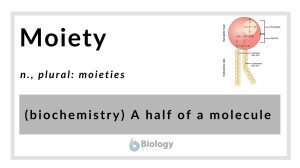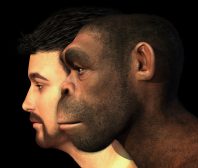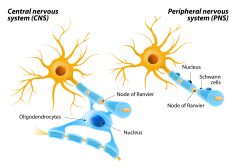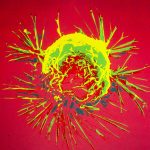
Moiety definition
n., plural: moieties; ˈmɔɪəti
(biochemistry) The half portion of a molecule
(anthropology) One of the two decent groups from an equally-divided society
Table of Contents
Moiety Definition
What is a moiety? Moiety (plural: moieties), in general, refers to the half or one of the two approximately equal parts of something. It can also be used to pertain to an indefinite portion or part of a whole, such as that of moiety used as a legal term . In this regard, it pertains to one of the two portions of property ownership. (Ref. 1)
In organic chemistry and biochemistry, a moiety is a significant half, not a fragment, of a molecule. In biology, the halves of a biomolecule similarly define moieties. However, the moieties may not necessarily be equal halves of a whole. In archeology and anthropology, a moiety refers to either of the two descent groups from a society that is divided. But the two groupings are coexisting nonetheless.
For instance, a moiety could refer to one of the halves of a tribal family. This moiety may either be a patrilineal (father’s side) or a matrilineal (mother’s side) type of a unilateral kinship system. (Ref. 2) In medical science and pharmacology, an active moiety is the part of a molecule or ion responsible for the therapeutic or physiologic action of a drug. (Ref. 3)
Moiety Etymology
Etymologically, what does moiety mean? The word “moiety” came from the Old French meitiet (French moitié). This, in turn, was derived from Latin medietas, meaning “half” (from medius, meaning “middle”, “half”).
Sentence example: The sugar moiety of the DNA backbone is deoxyribose.
Synonym: half.
Antonym: whole.
Moiety vs. Functional Group
A moiety is a part of the chemical structure of a molecule or compound that could include a substructure, such as a functional group. For example, benzyl acetate has an acetyl moiety and benzyl alcohol moiety. Each moiety of benzyl acetate, in turn, contains a portion of the functional group. Hence, using moiety as a synonym for “functional group” can be inaccurate and not always applicable such as in this example. Although some functional groups may occupy the entire “half” of a molecule, others are only a part of the larger moiety. Some moieties may also have more than one functional group.
Moiety Examples
Acyls are biochemical moieties present in many biological compounds. An acyl is made up of two parts: carbonyl and alkyl. An example of an acyl is acetyl. Acetyl is a moiety consisting of a carbonyl with a methyl group. It is found in acetylcholine, a neurotransmitter, and acetyl-CoA, a metabolic substrate. Aromatic hydrocarbons are organic compounds containing benzene moiety, which is a six-carbon ring. (Ref. 4)
The phospholipids are lipid molecules ubiquitous in biological membranes. It is an amphiphilic molecule for having both hydrophobic and hydrophilic moieties. The hydrophobic moiety is the fatty acid tails whereas the hydrophobic moiety is the glycerol head with a phosphate attached to it. See the figure below.
Another important biological membrane component is glycolipids. Glycolipids are molecules composed of two portions: carbohydrate moiety and lipid moiety. The two components are linked together by a covalent bond. Hemoglobin is a biomolecule in red blood cells. It is made up of heme, i.e. oxygen-carrying, nonprotein, ferrous moiety, and globin, the protein moiety.

References
- US Legal, Inc. (2019). Moiety Law and Legal Definition | USLegal, Inc. Uslegal.Com. https://definitions.uslegal.com/m/moiety/
- The Nature of Kinship: Descent Principles (Part 1). (2020). Palomar.Edu. https://www2.palomar.edu/anthro/kinship/kinship_2.htm
- CFR – Code of Federal Regulations Title 21. (2019). Fda.Gov. https://www.accessdata.fda.gov/scripts/cdrh/cfdocs/cfcfr/CFRSearch.cfm?fr=314.3
- Dembicki, Jr., H. (2017). Introduction. Practical Petroleum Geochemistry for Exploration and Production, 1–17. https://www.sciencedirect.com/science/article/pii/B9780128033500000015?via%3Dihub
©BiologyOnline. Content provided and moderated by BiologyOnline Editors.








